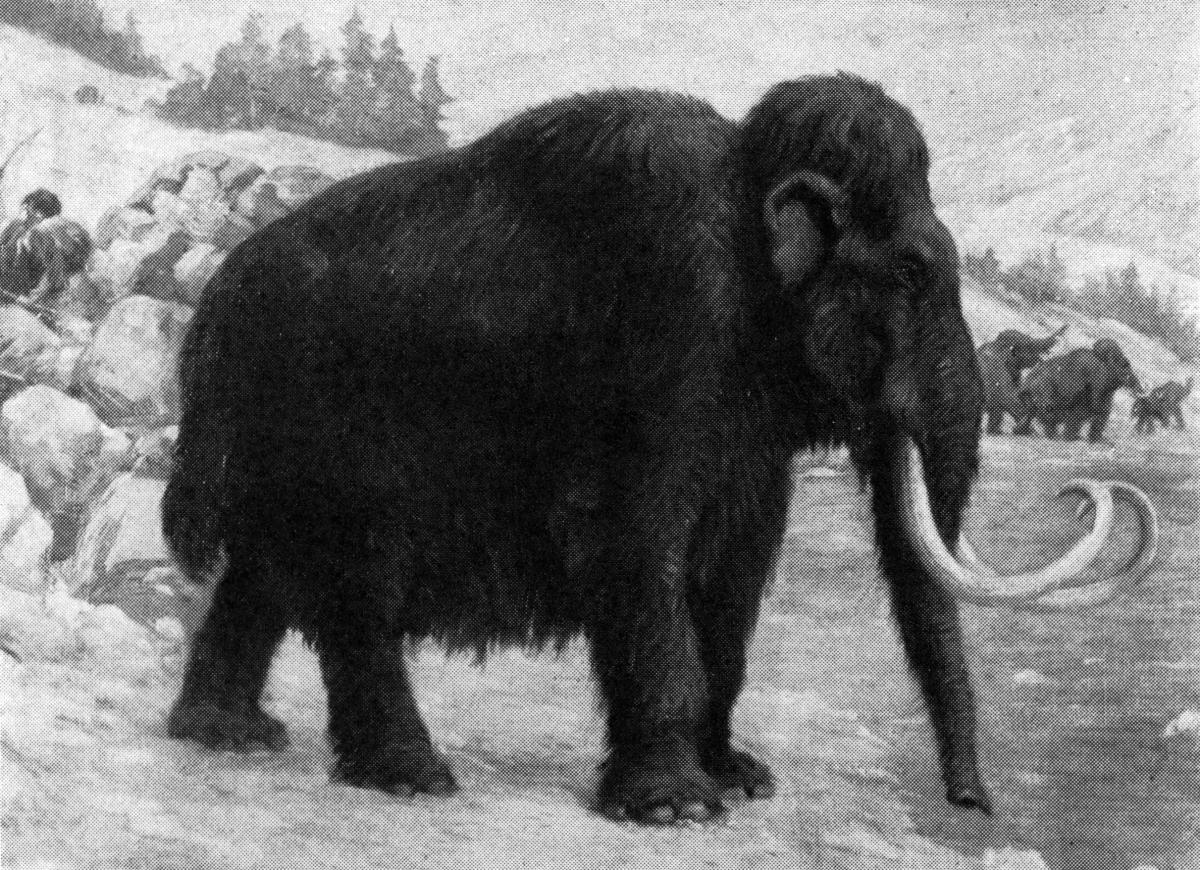Last week I opted to manifest, yet again, my undying love for xenarthrans to help get you through your Friday. This week’s particular photo was a zoomed-in view of what I think is definitely a top contender for my #1 favorite xenarthran of all time: the glyptodont.
 Isn’t she gorgeous? (No, I don’t know it’s a she. But in my head, I call her Gladys. I mean, that’s clearly her name, am I right?) Glyptodonts are closely related to armadillos, but car-sized. This particular beauty is a member of the glyptodon species Panochthus tuberculatus, which was native to South America during the middle-late Pleistocene (about 781,000–100,000 years ago). Gigantic, armored glyptodons were members of the Pleistocene megafauna, a group of, well, enormous (>44 kg) animals that lived during the Pleistocene.
Isn’t she gorgeous? (No, I don’t know it’s a she. But in my head, I call her Gladys. I mean, that’s clearly her name, am I right?) Glyptodonts are closely related to armadillos, but car-sized. This particular beauty is a member of the glyptodon species Panochthus tuberculatus, which was native to South America during the middle-late Pleistocene (about 781,000–100,000 years ago). Gigantic, armored glyptodons were members of the Pleistocene megafauna, a group of, well, enormous (>44 kg) animals that lived during the Pleistocene.
Other New World members include last week’s Fossil Friday star, the giant ground sloth, as well as the well-known mammoths and mastodons and the undeservedly less well-known toxodons and gomphotheres. There is an air of mystery surrounding these animal species, two thirds of which were extinct by about 10,000 years ago. The  causes of this selective mass extinction are still being still being investigated, but the most recent research points the finger pretty prominently at a one-two punch of expanded human presence and warming climate as the ice age drew to a close. Hmm. Too many humans and climate change spell disaster for wildlife—haven’t I heard something about that recently?
causes of this selective mass extinction are still being still being investigated, but the most recent research points the finger pretty prominently at a one-two punch of expanded human presence and warming climate as the ice age drew to a close. Hmm. Too many humans and climate change spell disaster for wildlife—haven’t I heard something about that recently?
Congratulations to GrizzlyD who was, shockingly, the only one to chime in with the right answer! C’mon guys, you get super hard fossils all the time and I’m basically obsessed with xenarthrans! This was a gimme. Holiday cookies and hot cocoa getting slowing the synapses?
I know. It’s tough love. But still love.
Happy holidays, everyone!
Are you a teacher and want to tell us about an amazing free resource? Do you have an idea for a Misconception Monday or other type of post? Have a fossil to share? See some good or bad examples of science communication lately? Drop me an email or shoot me a tweet @keeps3.

